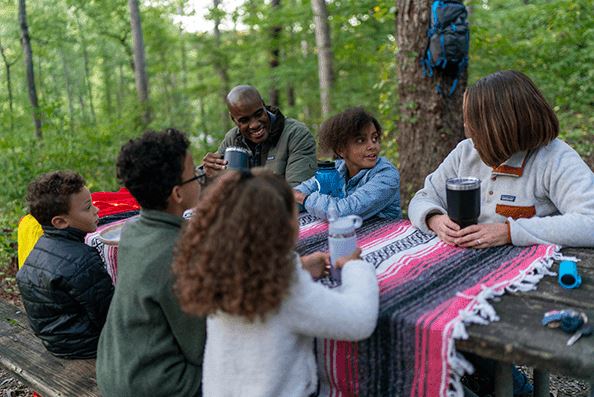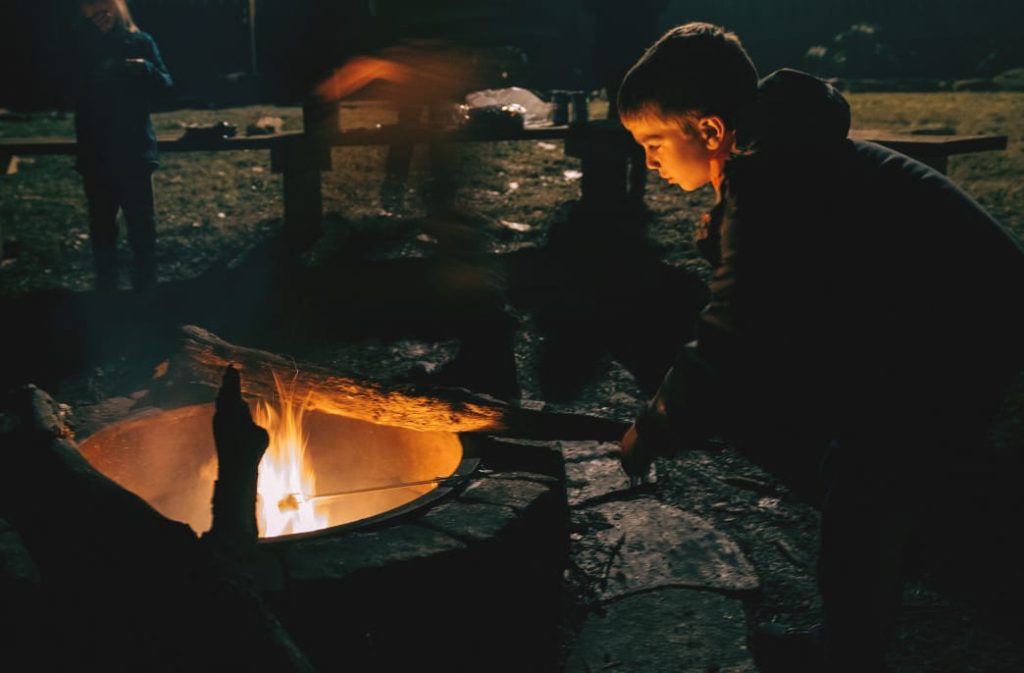Burn Off Thanksgiving Dinner With These Alabama Hikes

Of course, it’s tough to resist that delectable dressing and gravy, as well as the pecan pie. So, instead of depriving yourself, work it off by hiking during your holiday break. After all, you can burn hundreds of calories per hour while hiking, and it’s a great opportunity to spend quality time with your family and friends.
In Alabama, you’ll find plenty of great hikes that not only burn calories, but also take you to high-mountain views, quiet streams and beautiful waterfalls. When you’re ready to work off your Thanksgiving feast, consider one of the following invigorating hikes.
Pinhoti Trail/Cave Creek Loop

Cool, crisp mountain air and one of the best views of the Talladega Mountains await you when you hike the 6.8-mile Pinhoti Trail/Cave Creek Loop.
This moderate hike begins just northeast of Cheaha State Park at the stone portal of the Cheaha Trailhead on Highway 281. Half of this loop uses Alabama’s famous long path, the Pinhoti Trail, which is appropriate since Pinhoti is an Indian word for “turkey.” Along the Pinhoti section you’ll pass the bronze marker that’s embedded in a granite boulder commemorating the connection of the Pinhoti Trail to the Appalachian Trail. Further along, you’ll reach McDill Point, which offers spectacular views of the surrounding mountains. To return, you’ll use a connector trail to reach the Cave Creek Trail. In one section you’ll do a little rock scramble, but you’re rewarded with more great views.
Turkey Creek Nature Preserve
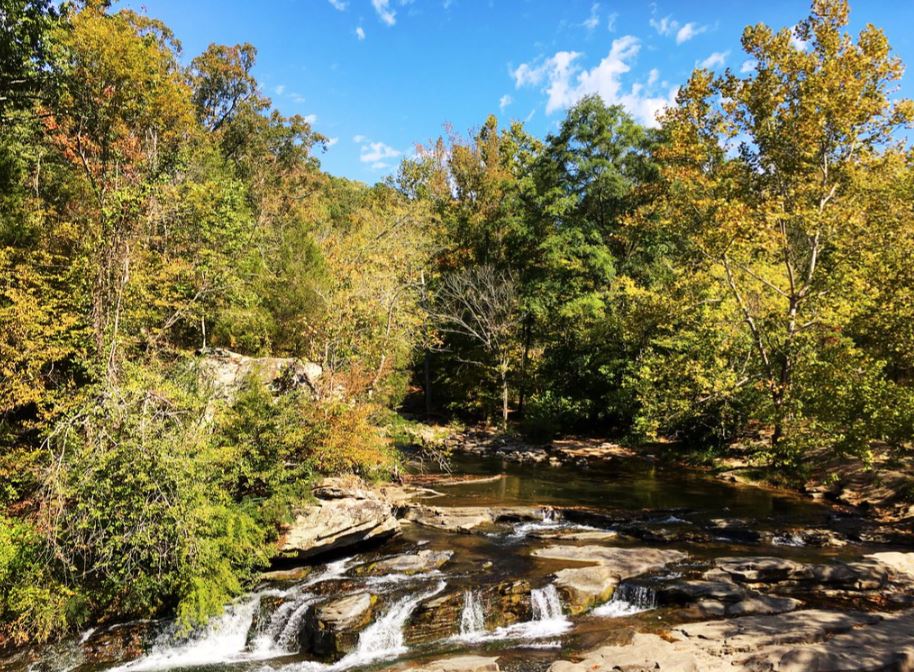
If you’re looking for quiet solitude in the woods and a fun place to work off the mashed potatoes, take a ramble along the 5.3-miles of trails at the Turkey Creek Nature Preserve in Pinson.
The preserve is closed on Thanksgiving Day, but it reopens the following day.
The paths range in difficulty from easy to moderate as they wind through a thick forest of pines and hardwoods. During your hike you’ll encounter babbling streams, a boulder field, and the rushing waters of Turkey Creek. Normally, in the summer months the creek is filled with locals and visitors splashing in its icy waters, but in late fall this is a tranquil place where you can rest beside a garden of small waterfalls and let the sound take you away.
Martha’s Falls

How about a water”fall” hike to Martha’s Falls in Little River Canyon. Starting at the Little River Canyon Center, this one is an easy 3.2-mile roundtrip walk. You’ll enjoy beautiful views of the deepest canyon east of the Mississippi and visit Martha’s Falls, where tumbling rapids spill into a broad pool. This is also a popular spot in the summertime for a dip in the swimming hole.
Land Trust of North Alabama

Maybe you’d like to get in your exercise before you gobble down all that great food. If that’s the case, join the staff and volunteers of the Land Trust of North Alabama for their annual Thanksgiving Day hike at the Monte Sano Preserve in Huntsville. The preserve has an amazing array of trails with towering bluff lines, old quarry caves, springs, waterfalls, and interesting history.
The organization has been hosting this event for the past 28 years, and the 4-mile out and back trek begins at 9 a.m. at the Bankhead Trailhead and goes to the Three Caves Trailhead. You can also choose to leave a car at the Three Caves Trailhead for a 2-mile one way option.
Looking for help with your holiday shopping list this year? Check out our holiday gift guides for ideas for everyone on your list! We want everyone to enjoy the outdoors, and we work to build loyalty one connection at a time. Visit one of our stores or take advantage of our shipping or in-store pickup! #BeOutdoors
Written by Joe Cuhaj for RootsRated in partnership with Blue Cross Blue Shield of AL and legally licensed through the Matcha publisher network. Please direct all licensing questions to legal@getmatcha.com.
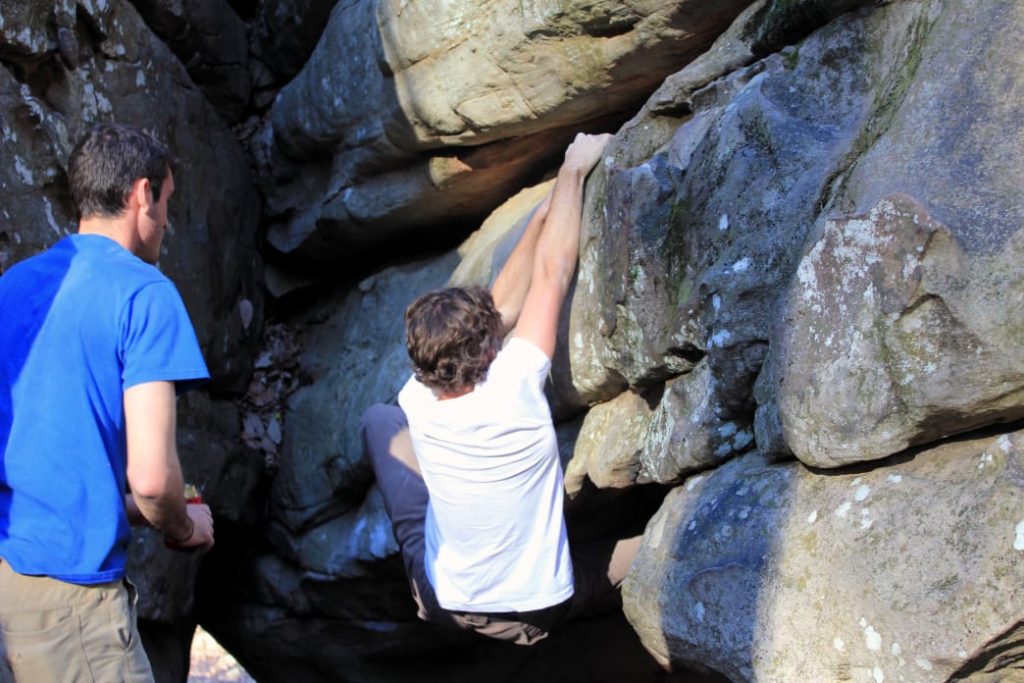
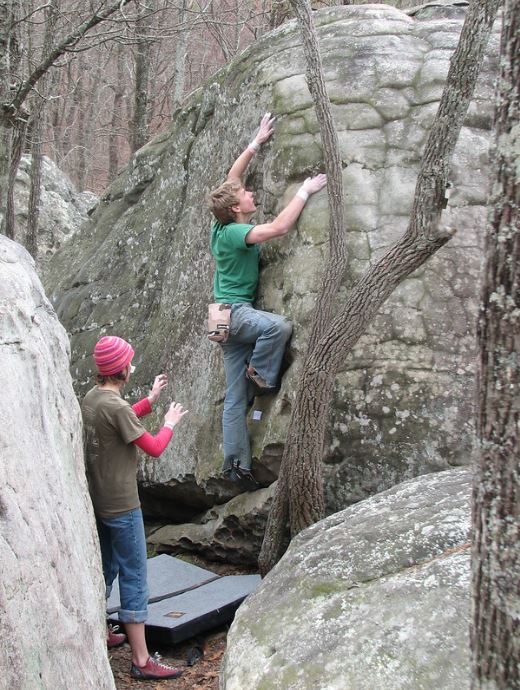



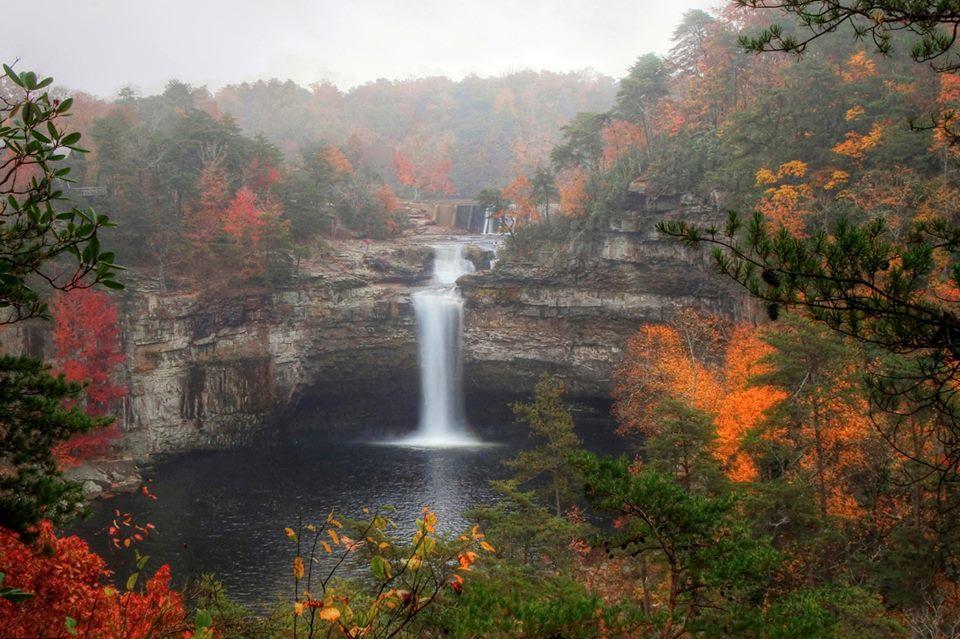

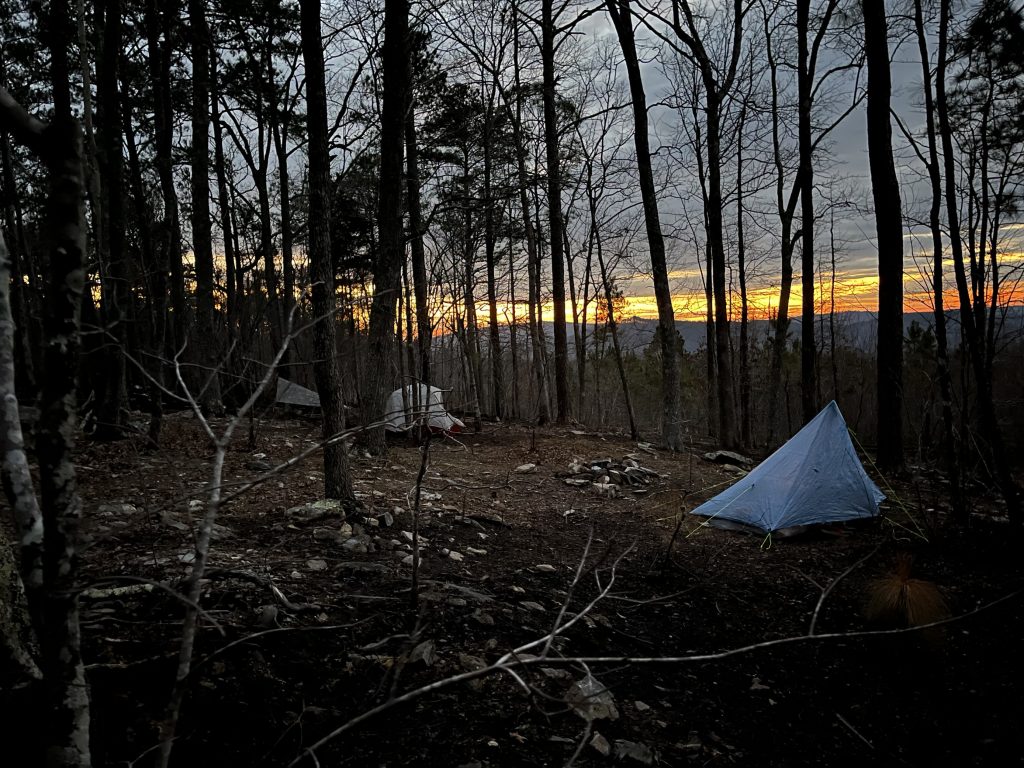
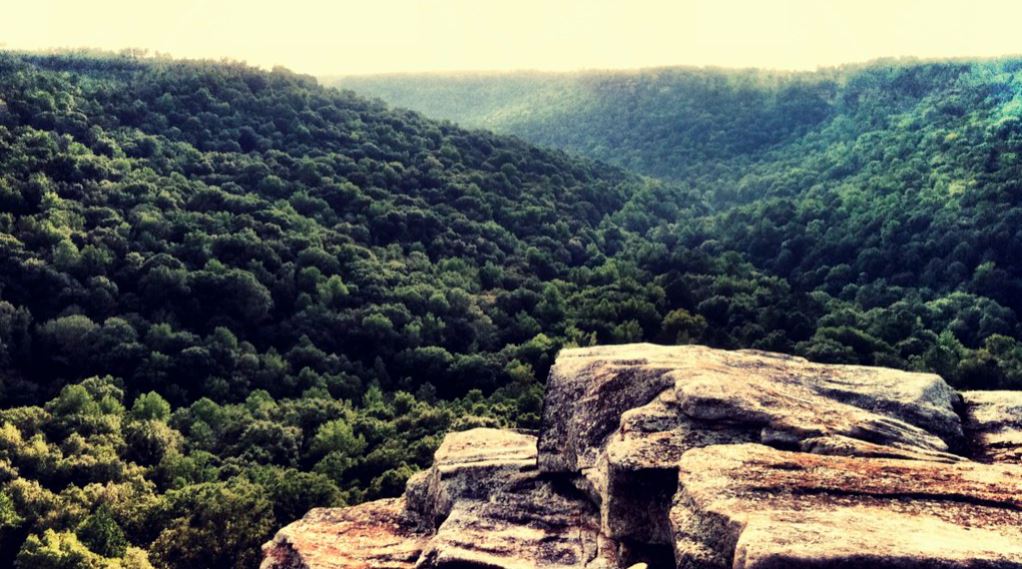
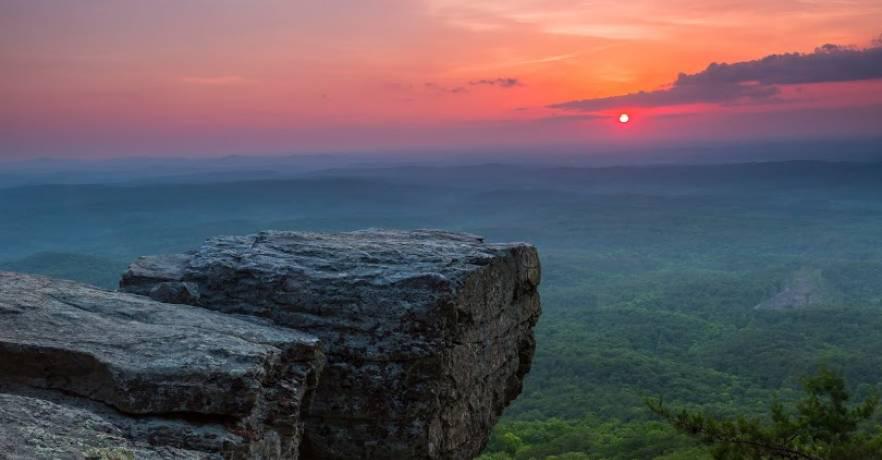
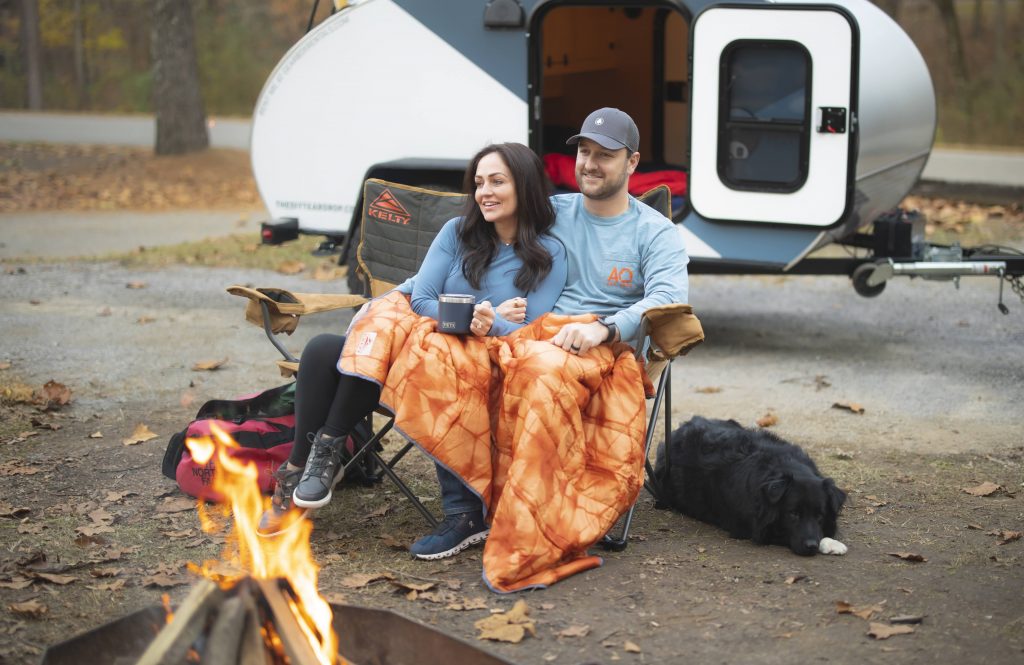
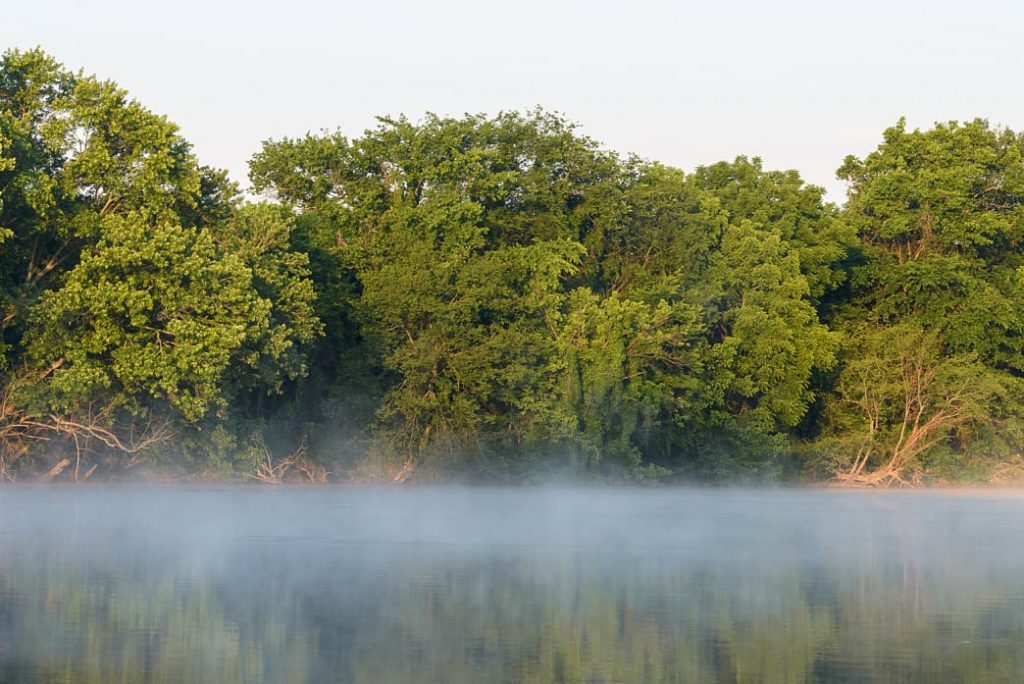
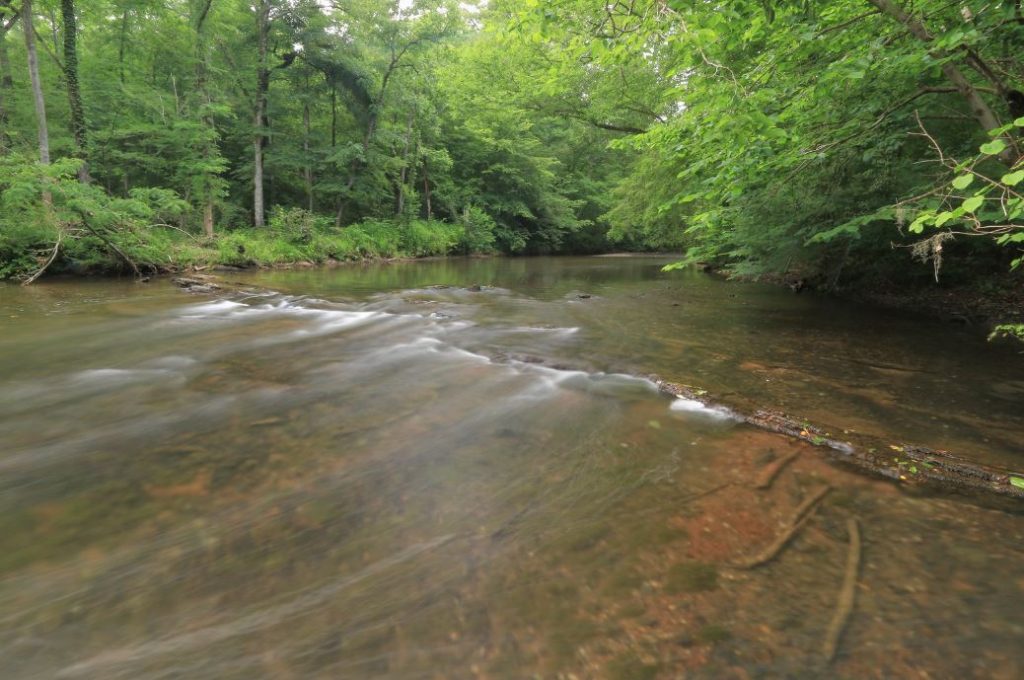
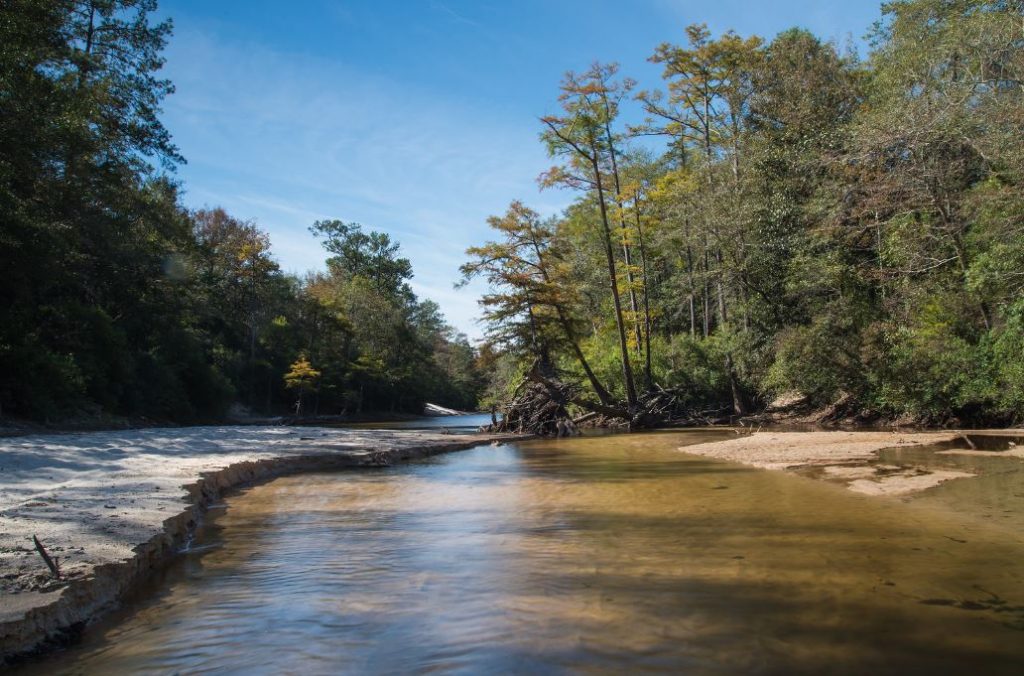
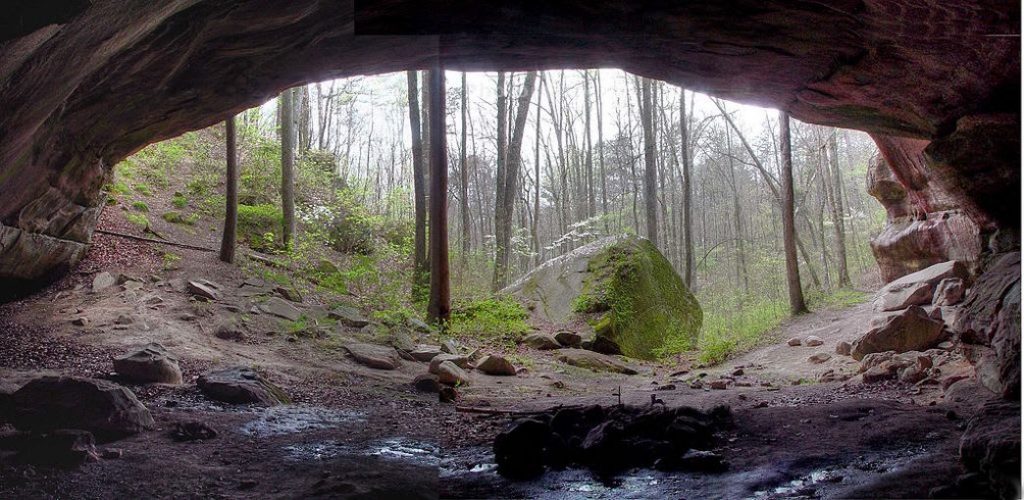










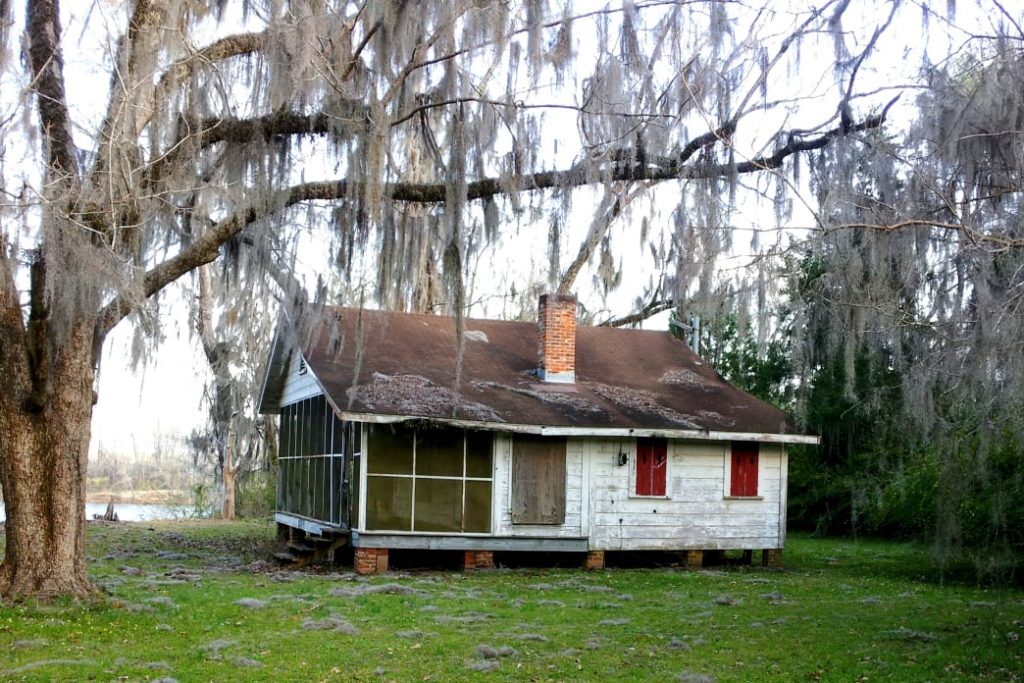

 Witnesses say that if you are near the fort in the evening you can hear screams.
Witnesses say that if you are near the fort in the evening you can hear screams. 
 Hike Nancy’s Mountain and you might catch a glimpse of Nancy herself.
Hike Nancy’s Mountain and you might catch a glimpse of Nancy herself. 
